Teenage cats are tiny, furry rebels—and they’re here to shake things up.
One minute they’re snuggling in your lap, the next they’re parkouring off the fridge like a caffeinated ninja.
They’ve got opinions, moods, and the energy of a toddler on espresso. And no, they’re not asking for your permission.
This phase? It’s wild, unpredictable, and ridiculously entertaining. You’ll laugh. You’ll cry. You’ll find your socks in the litter box.
Let’s dive into the chaos and uncover 10 teenage cat behaviors that will leave you asking, “What just happened?”
The Nighttime Zoomies
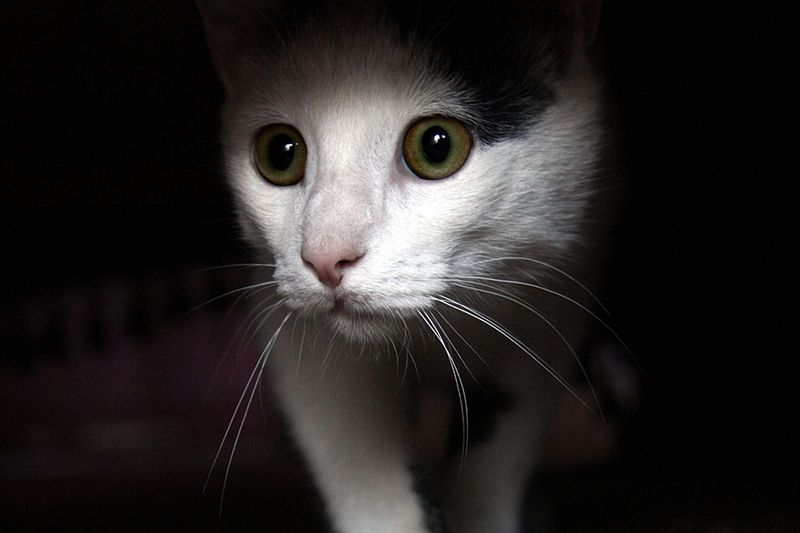
When the sun sets, some teenage cats turn into nocturnal adventurers. You might hear the pitter-patter of paws as they race through hallways and leap over furniture. It’s as if they’re training for a midnight marathon. This behavior, known as the ‘zoomies’, often leaves owners both amused and sleep-deprived.
What drives these energetic bursts? It’s a mix of leftover kitten energy and the feline instinct to hunt and explore under cover of darkness.
While it can be disruptive, it’s perfectly normal and usually subsides as they mature.
Unpredictable Mood Swings
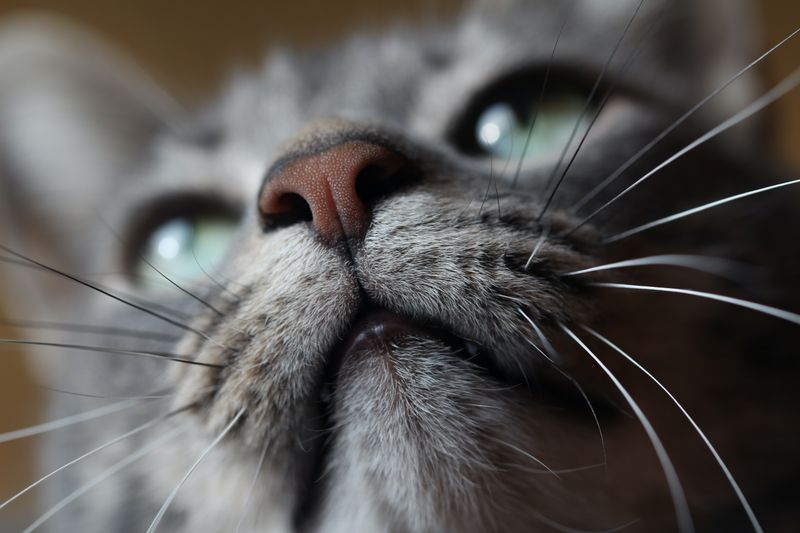
One moment they purr contentedly in your lap, and the next they’re swatting at your hand. Teenage cats are known for their mercurial moods. These shifts resemble teenage humans who are also navigating new emotions.
During this phase, cats are testing boundaries, learning about social interactions, and discovering their own personalities.
While it might be puzzling, patience and understanding can help you bond with your moody feline. Offering consistent affection and safe spaces can ease their transitions.
Curiosity Overdrive

Curiosity didn’t just kill the cat; it made it fascinating. Teenage cats often find themselves in the strangest places, exploring every nook and cranny of their world. You may catch them perched on high shelves or inside cabinets, investigating the unknown.
This intense curiosity is integral to their development, helping them learn about their environment.
By providing engaging toys and safe exploration opportunities, you can satisfy their inquisitive nature and prevent any unwanted mischief.
Sudden Appetite Changes
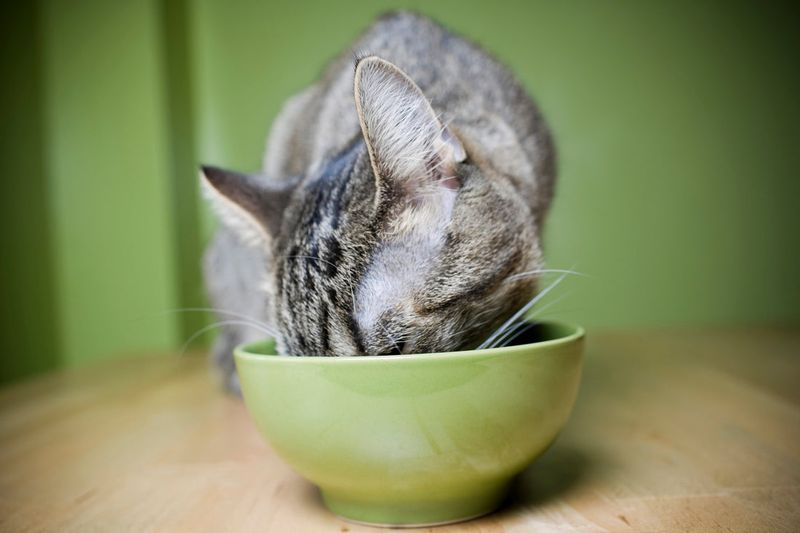
Teenage cats can be finicky eaters, with sudden changes in their appetite. One day they’ll devour their meal, and the next, they might turn up their nose. These shifts can bewilder even seasoned cat owners.
This behavior can be attributed to growth spurts and hormonal changes during adolescence.
Monitoring their diet and consulting with a vet if concerns arise can ensure they maintain a healthy weight. Sometimes, experimenting with different flavors or textures can reignite their interest in food.
Playful Aggression
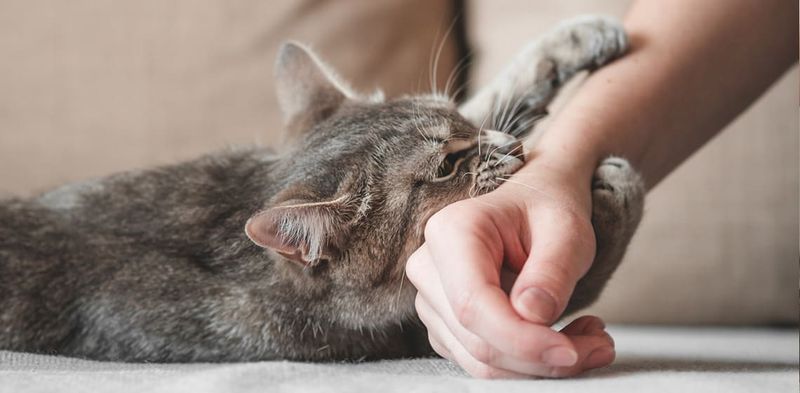
Teetering between playfulness and aggression, teenage cats often exhibit a behavior known as ‘play aggression’. They might pounce on your feet or attack a dangling shoelace with unexpected vigor.
This is their way of practicing hunting skills, honing their reflexes, and expending energy.
Understanding this behavior as a natural part of their development can help you react appropriately. Redirecting their energy with interactive toys can channel their aggression into healthy play.
Shifts in Sleep Patterns
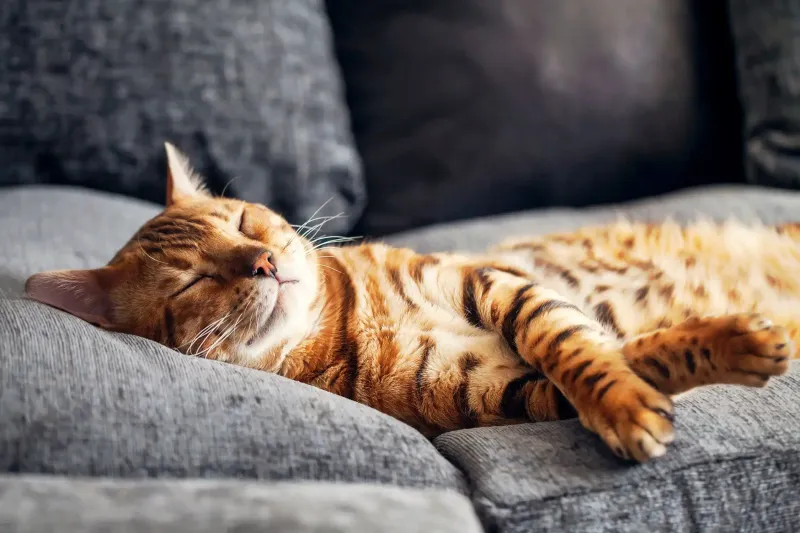
Teenage cats are masters of sleep, but you might notice shifts in their sleep patterns. They may suddenly sleep more during the day and become active at night, or vice versa.
This change can be attributed to their growth and developmental needs, as well as their natural instincts as crepuscular creatures.
Providing a comfortable and quiet sleeping environment can help them rest more effectively. Understanding these changes allows you to accommodate their needs without frustration.
Obsession with Reflections
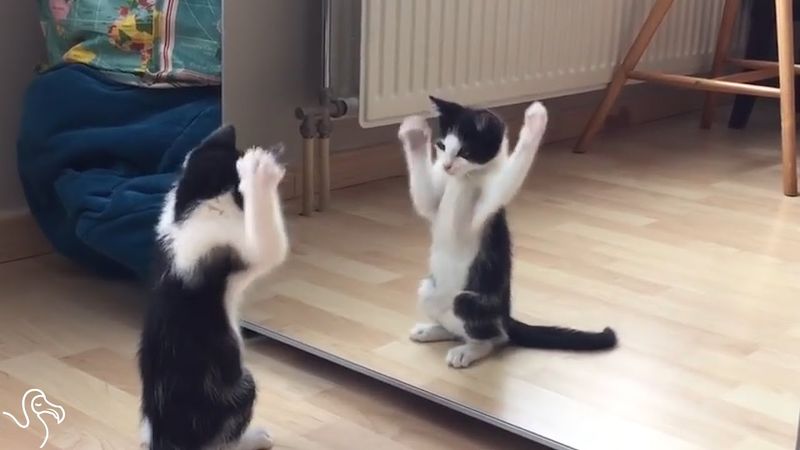
Mirrors become the battleground for teenage cats obsessed with reflections. You may catch them staring, pawing, or even trying to engage with their ‘doppelgänger’. It’s both amusing and mysterious.
This fascination is a result of their heightened curiosity and developing cognition. They are learning about identity and what constitutes another creature.
To prevent accidents, ensure mirrors are securely fastened and use this opportunity to understand their learning process.
Unexpected Vocalizations
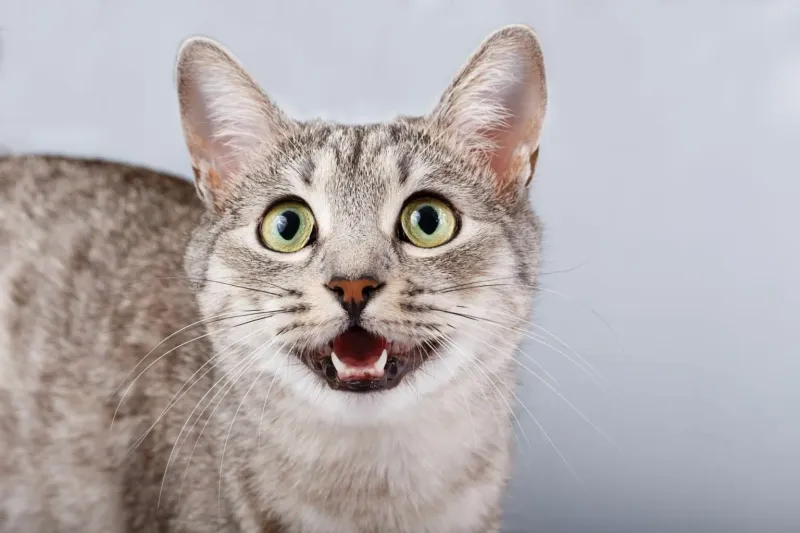
Suddenly, your once-quiet kitten becomes a chatty teenager. Teenage cats can develop unexpected vocalizations, ranging from melodic meows to quirky chirps.
This newfound voice is a way of communicating their needs or expressing emotions, and sometimes, it’s just for the fun of it.
Engaging in conversations with them and observing their cues can strengthen your bond, while also ensuring their needs are met. Each meow tells a story if you take the time to listen.
Heightened Sense of Adventure
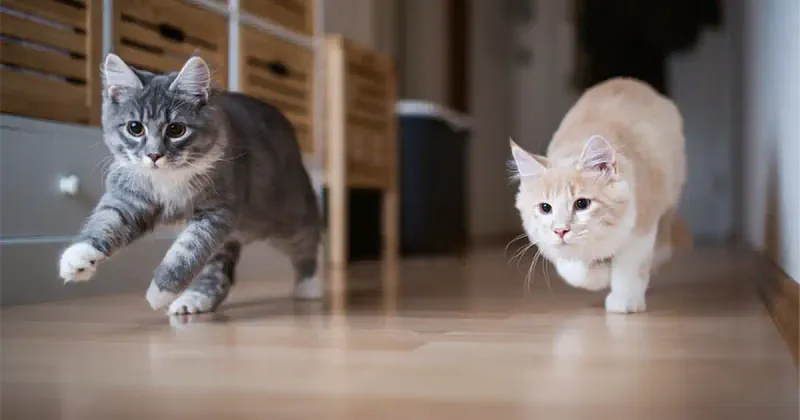
Ever the adventurers, some teenage cats exhibit a fearless desire to explore. They may attempt to climb taller structures or escape through doors left ajar.
This behavior is driven by their maturing instincts to explore and conquer new territories. It’s crucial to provide safe and supervised opportunities for exploration.
Using climbing structures or harness training can satisfy their adventurous spirit while keeping them safe. It’s a balancing act between satisfying their curiosity and ensuring their safety.
Affectionate Headbutts

In a tender display of affection, teenage cats may frequently headbutt their owners. This behavior is not just endearing but serves as a way for cats to mark their territory with scent glands.
It’s a loving gesture that indicates trust and bonding. The headbutt says, ‘You are mine, and I am yours.’
Responding with gentle petting can reinforce this bond and show appreciation for their affection. It’s a sweet reminder of the connection you share with your feline friend.

